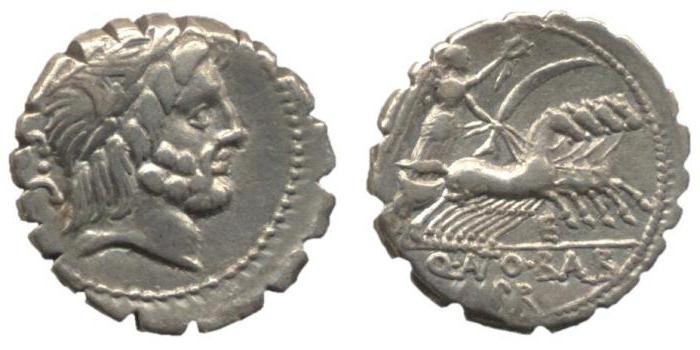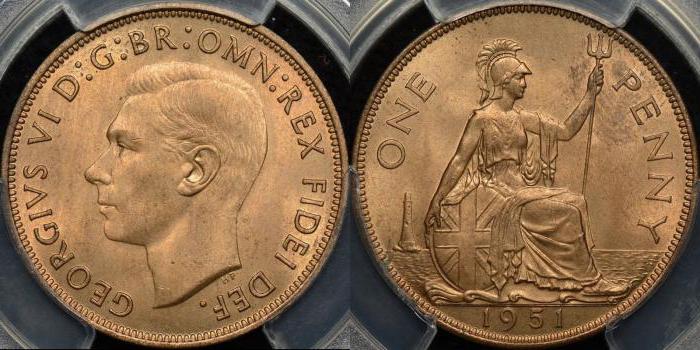What is a penny? What is the history of this coin? And in what countries is it used today? You will find answers to all these questions in our article.
What is a penny?
Until now, disputes about the origin of this term have not subsided. What is a penny? Most researchers agree that this word has a common root with German Pfennig and Scandinavian penning. A deeper study of its roots leads to at least three theories.
According to one of them, the word comes from the ancient Celtic pen ("head"), according to another - from the Latin pondus ("weight"). Another version connects its genesis with the Scandinavian pand, which translates as a pledge or mortgage. In dictionaries, the word "penny", as a rule, is used in the middle gender (in the plural - pence).
What is a penny in numismatics? It is generally accepted that this monetary unit (like the German Pfennig) arose in imitation of the ancient Roman denarius (see the photo below).

The penny coin at various times was in circulation in a number of countries and territories of Europe: in Estonia, Finland, Ireland, and Scotland. Today it is officially used in only one state - the UK. In addition, small coins are also called by this word in the USA and Canada, although the official name of both is cents.
British penny and its history
The British penny is a small fractional coin, which is one hundredth of a pound sterling - the national currency of Great Britain. Interestingly, until 1971, one pound consisted of 240 pennies. Such a radical change is associated with the transition of the kingdom to the decimal monetary system.
The first appearance of pennies in the vastness of England dates back to the VIII century. At that time, coins were made of pure silver. If necessary, they were divided into halves or quarters. Ancient English coins were very widespread in Europe and reached the western borders of the Old Russian state.
At the end of the 18th century, the first copper penny in history was minted. In 1860, they began to issue coins from a bronze alloy. Over a hundred years (from 1860 to 1970), the size and appearance of the British penny remained virtually unchanged.

Starting from the middle of the XVII century, the profiles of the current monarchs were minted on all British coins. Moreover, each subsequent king (or queen) looks in the opposite direction. Queen Elizabeth II "looks" to the right on current British pennies.
All UK coins: list and interesting facts
There are ten coins in circulation in the UK today:
- one penny;
- twopence;
- 5 pence;
- 10 pence;
- 20 pence;
- 25 pence (extremely rare);
- 50 pence;
- one pound;
- two pounds;
- 5 pounds (extremely rare).
They all differ in one common design, with the exception of several banks in Scotland and Northern Ireland, issuing coins with their own unique design.
Not all modern British coins are round. For example, coins in denominations of 20 and 50 pence have an unusual shape of a heptagon.

Until 1992, British coins were made of bronze. But then they began to be minted from steel and covered with a layer of copper. UK coins have different weights and thicknesses. The heaviest and thickest among them is a one-pound coin made of a copper-nickel-zinc alloy. Her weight is 9.5 g.